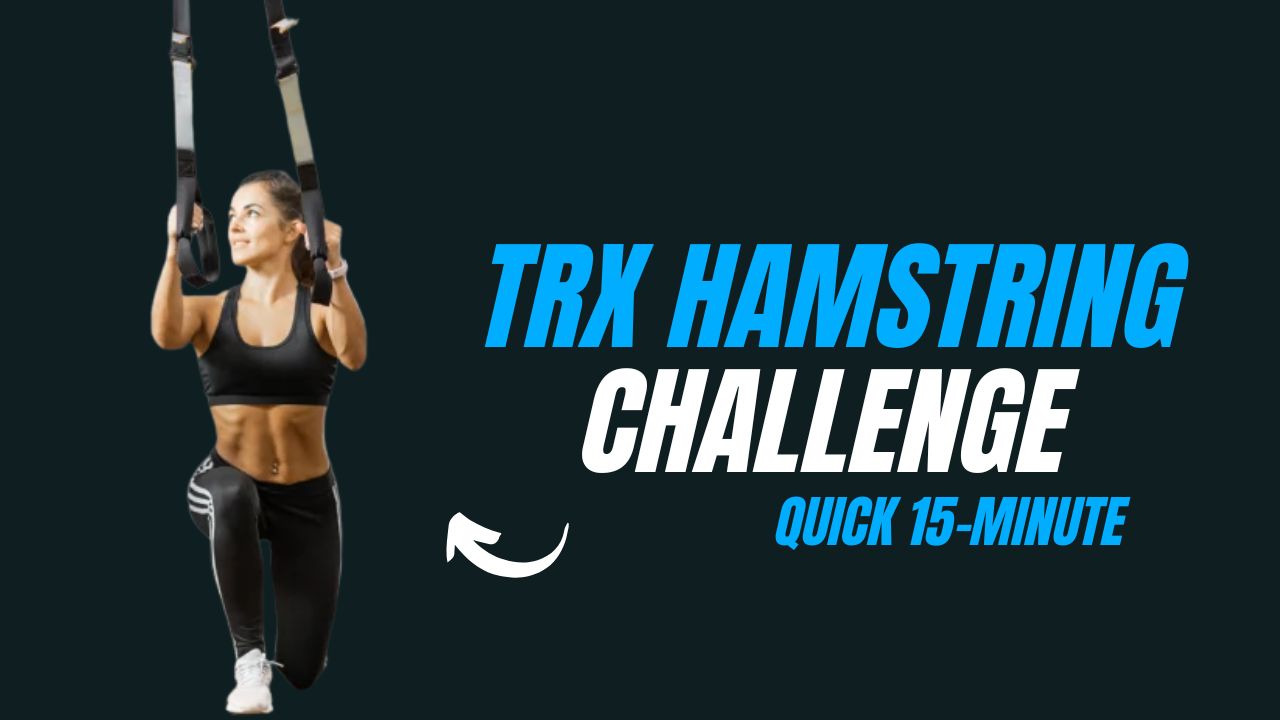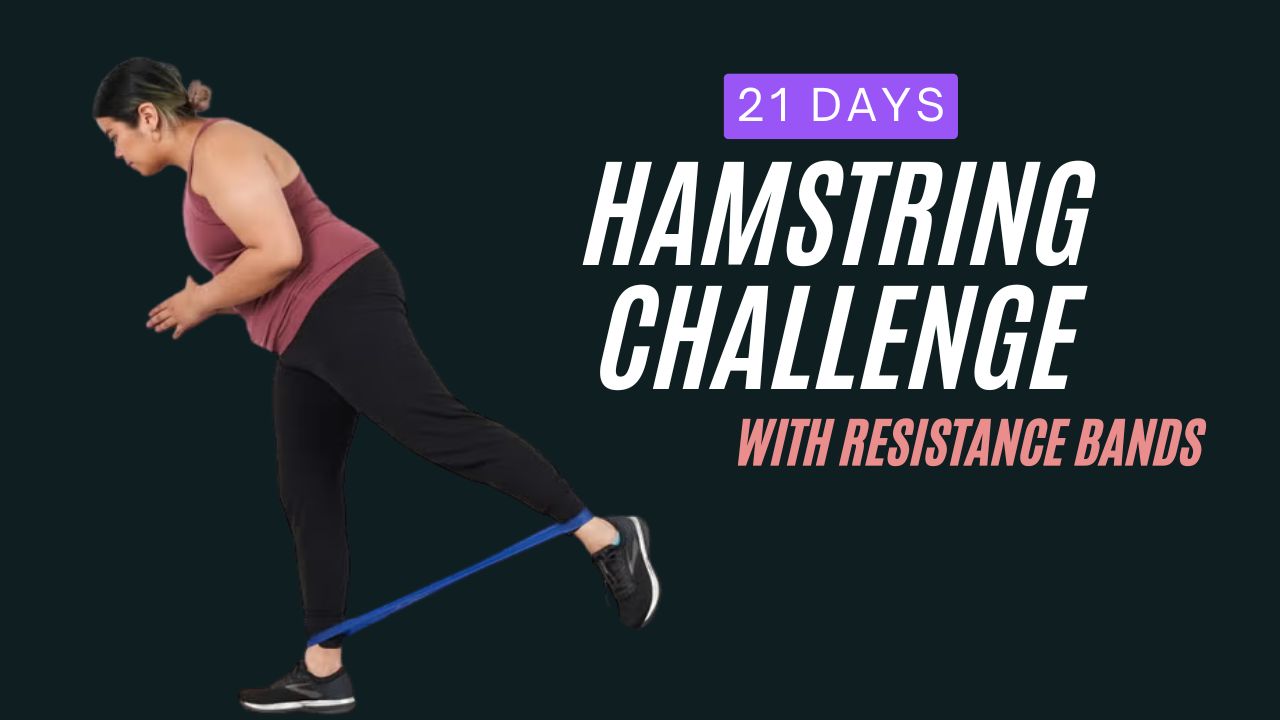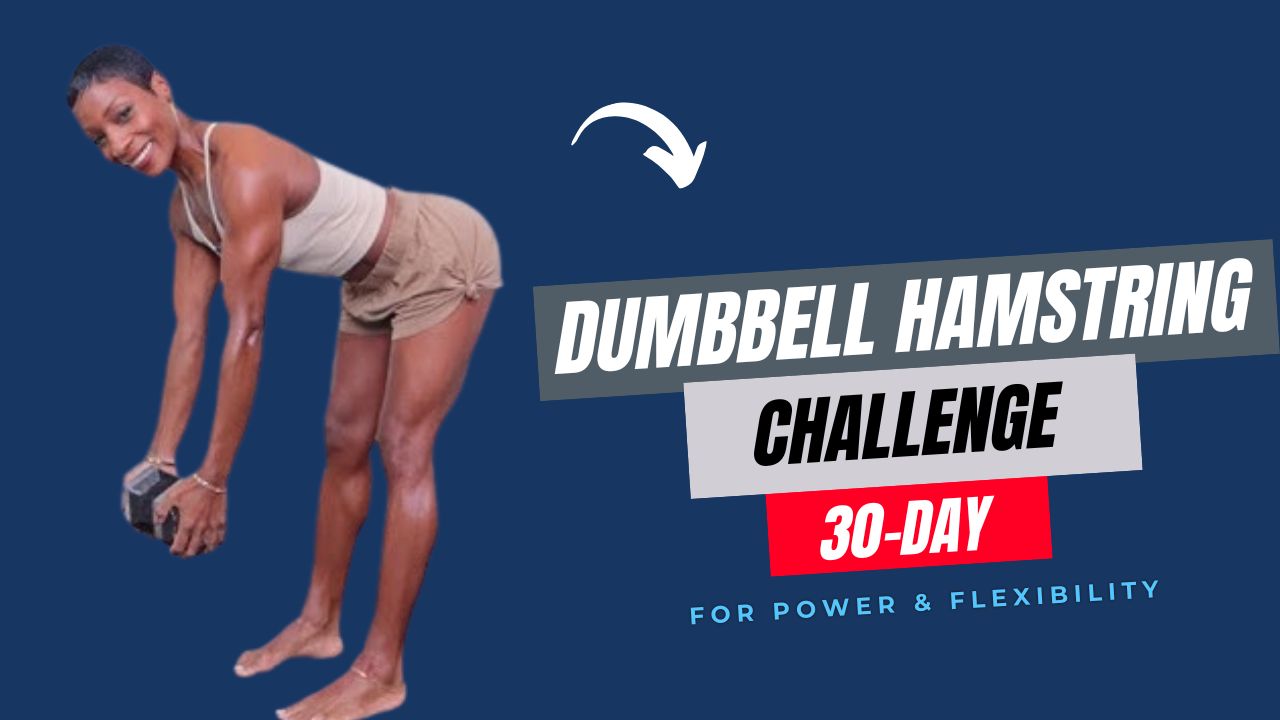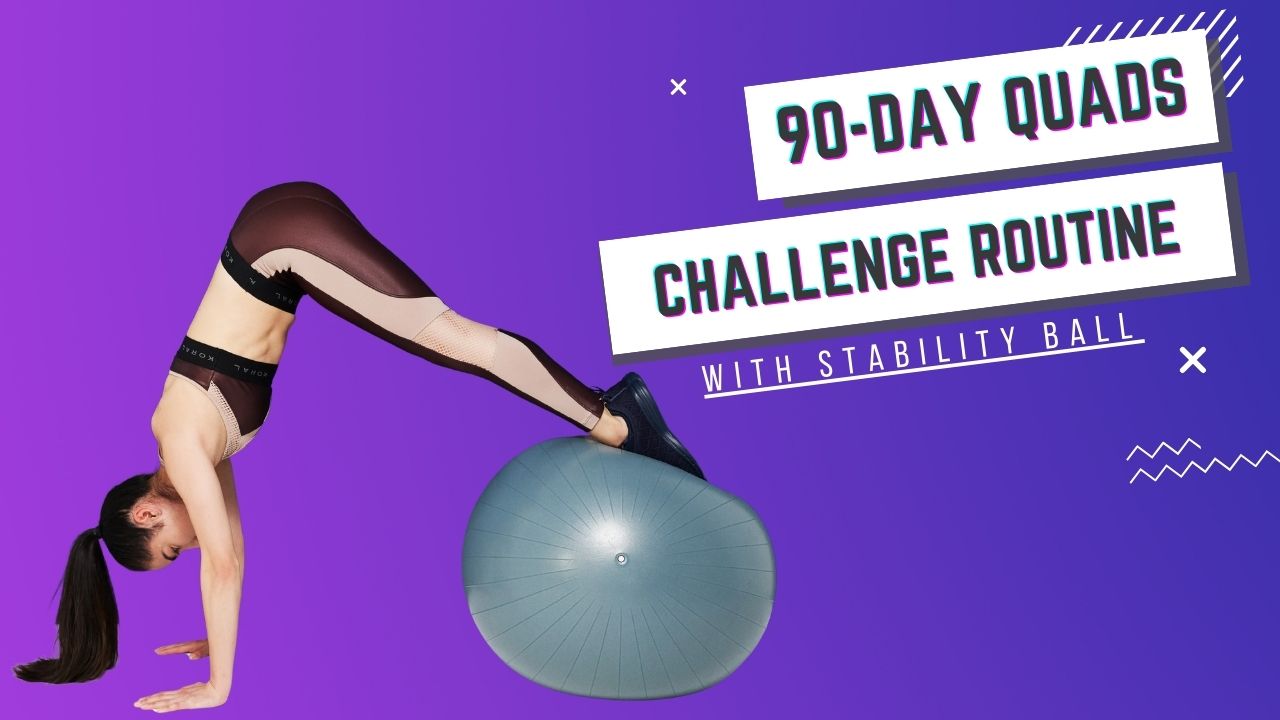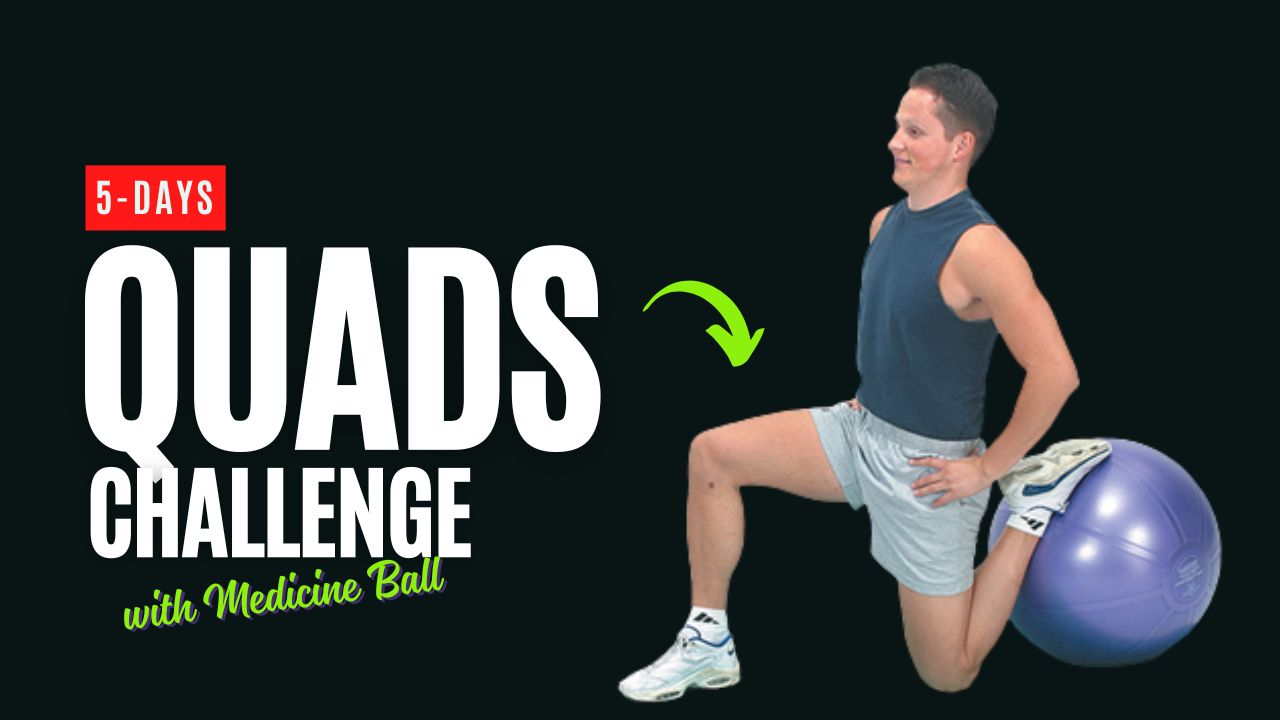Do you believe bicep growth is only possible with dumbbells and barbells?
That’s a myth.
Pull-up bars — often seen as a “back-day” tool — can actually unlock serious bicep gains, especially when used with precision and variation.
Whether you’re working out at home, at the park, or in a minimal gym setup, mastering bicep-specific movements on the pull-up bar can give your arms the stimulus they’ve been missing.
In this post, we’ll cover 7 highly effective arm-focused pull-up bar biceps exercises, how to do them correctly, and why they work — no fluff, just real training value.
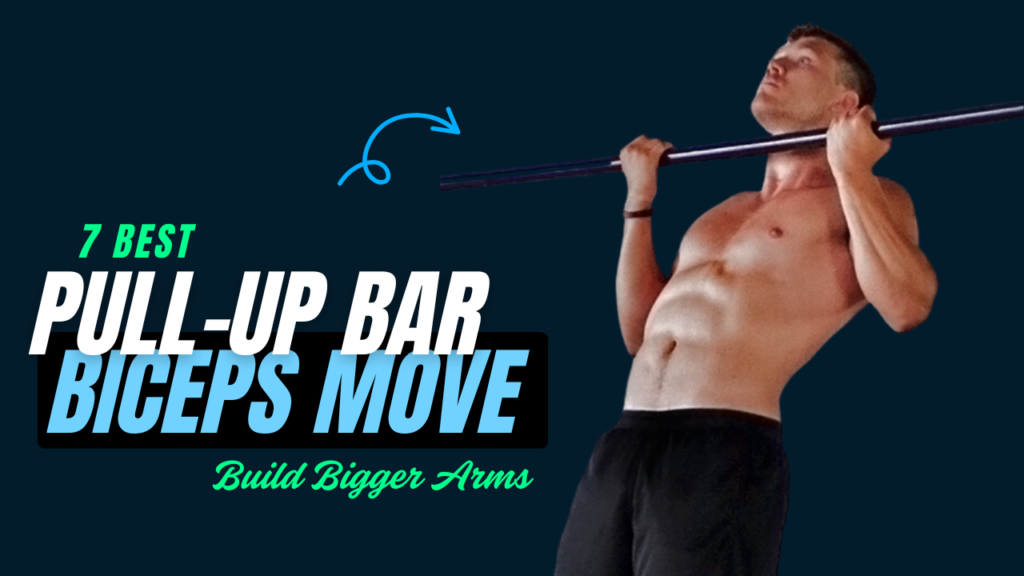
Table of Contents
Why Use Pull-Up Bar for Biceps?
The pull-up bar forces you to work against gravity with your entire body weight, demanding more effort from your arms than most isolated cable or dumbbell movements.
With the right grips and angles, you can target your biceps through multiple ranges of motion, encouraging strength and hypertrophy (muscle growth) — all while improving your upper body control.
What Can Happen After 30 Days of Doing Pull-Up Bar Bicep Exercises
| Results You May Notice | Why It Happens |
|---|---|
| Improved bicep strength | Consistent bodyweight resistance strengthens biceps with each workout |
| Better arm definition | Increased muscle engagement and reduced fat improve tone and shape |
| Higher pull-up rep count | Neuromuscular adaptation leads to improved endurance and performance |
| Stronger grip and forearms | Gripping the bar regularly enhances grip strength and forearm size |
| Increased muscle control | Time under tension and slow eccentrics improve muscle coordination |
| Improved posture and shoulder stability | Supporting your bodyweight reinforces upper back and shoulder stability |
| Faster recovery between upper body sets | Muscular and cardiovascular adaptation reduces fatigue during training |
Do’s and Don’ts for Pull-Up Bar Bicep Exercises
| Do’s | Don’ts |
|---|---|
| Use a controlled tempo for each rep | Don’t use momentum or swing your body |
| Focus on proper form and full range of motion | Don’t rush through reps just to hit numbers |
| Engage your core to stabilize your body | Don’t let your legs dangle or flail during reps |
| Start with easier variations if you’re a beginner (like negatives) | Don’t jump straight into advanced moves without prep |
| Warm up your shoulders and elbows before training | Don’t train cold — it increases injury risk |
| Progress over time by increasing reps, tempo, or difficulty | Don’t repeat the same exercise without challenging yourself |
| Include rest days for muscle recovery and growth | Don’t train the same muscles every day without rest |
| Use different grip widths and angles for full bicep engagement | Don’t rely on just one variation (like standard chin-ups) |
7 Best Pull Up Bar Bicep Moves
1. Chin-Ups (Underhand Grip Pull-Ups)
How To Do It:
- Grip the bar shoulder-width apart, palms facing you (supinated grip).
- Start from a dead hang with arms extended.
- Pull yourself up until your chin crosses the bar, keeping elbows tight.
- Lower down with control. Repeat.
Why It Works:
Chin-ups are one of the most effective bodyweight bicep exercises. The underhand grip maximizes bicep activation by placing the elbow joint in a more favorable mechanical position. Bonus: you also hit the lats, adding more definition to your upper body.
2. Commando Pull-Ups
How To Do It:
- Grab the bar with a mixed grip (one palm facing you, the other away), hands close together.
- Pull your body up so that your head moves beside the bar, not over it.
- Lower and repeat, switching sides each rep or after a set.
Why It Works:
This move shifts the load to one arm at a time, demanding more from your biceps and forearms. The vertical path also places more stress on the bicep’s long head — helpful for developing peak shape.
3. Close-Grip Chin-Ups
How To Do It:
- Grip the bar with palms facing you, hands only 4–6 inches apart.
- Perform a standard chin-up, but keep elbows tight and squeeze at the top.
- Lower slowly to increase tension.
Why It Works:
The narrower grip reduces assistance from the back muscles and places more load on the inner biceps. Great for building arm thickness and strength endurance.
4. Negative Chin-Ups (Eccentric Focus)
How To Do It:
- Use a bench or jump to the top of a chin-up position.
- Slowly lower yourself down (take 4–6 seconds) until arms are fully extended.
- Climb back up and repeat.
Why It Works:
Focusing on the eccentric (lowering) phase creates more muscle damage — and more growth — especially for beginners who can’t yet perform full reps. Studies show eccentric training can build strength 2x faster than concentric-only work.
5. Isometric Chin-Up Hold
How To Do It:
- Pull yourself up into the top of the chin-up position.
- Hold your chin above the bar for 10–30 seconds.
- Slowly lower. Repeat for 2–4 sets.
Why It Works:
Isometric holds develop tendon strength and muscular endurance, two critical components for serious bicep gains. This method also increases time under tension, a key hypertrophy trigger.
6. Archer Chin-Ups
How To Do It:
- Grip the bar wide, palms facing you.
- Pull up toward one arm, keeping the other straight out to the side.
- Alternate sides with each rep.
Why It Works:
This asymmetrical movement places near-total load on one bicep at a time, forcing unilateral strength development. It’s also a stepping stone to one-arm pull-ups, making it functional and aesthetic.
7. Towel Chin-Ups (Grip & Arm Crusher)
How To Do It:
- Drape two towels over the pull-up bar, shoulder-width apart.
- Grip one in each hand and perform chin-ups.
Why It Works:
Towel chin-ups challenge your grip and forearm strength, while keeping all the chin-up benefits intact. The instability forces your biceps to contract harder throughout the range of motion. If you’re chasing bigger, thicker arms, this variation delivers.
Do You Know?
Most people assume pull-ups are just for your back, but studies show that chin-ups activate the biceps brachii up to 80%, almost on par with traditional curls — and with far more core and functional activation.
Myth Busted:
“Pull-up bars are just for beginners.”
Wrong. They’re for anyone who wants real-world strength, control, and muscular arms — especially when machines and weights aren’t an option.
These pull-up bar variations can challenge even seasoned lifters.
Quick Tips for Better Bicep Gains with Pull-Up Bars:
- Control your tempo: Slower reps = more time under tension.
- Engage your core: Keep your body tight for efficient movement.
- Don’t swing or kip: Momentum reduces muscle activation.
- Train consistently: At least 2–3x per week to see results.
Final Thoughts
Biceps aren’t just about curls. With just a pull-up bar and the right strategy, you can unlock serious arm development, boost functional strength, and elevate your aesthetics — no fancy equipment needed.
Start incorporating these 7 pull-up bar bicep exercises into your routine, and track your progress week by week. Over time, you’ll notice fuller, stronger, more defined arms — and better control over your upper body.
Frequently Asked Questions (FAQs)
Can pull-up bar exercises really grow biceps without using weights?
Yes, absolutely. Pull-up bar exercises like chin-ups, commando pull-ups, and archer chin-ups provide intense resistance using your bodyweight. With consistent training and progressive overload (like tempo control, reps, or variations), they can effectively build and shape the biceps.
What’s the best pull-up grip for biceps?
The underhand (supinated) grip, used in chin-ups, is best for targeting the biceps. It places your arms in a more mechanically favorable position to activate the biceps brachii compared to an overhand grip.
How often should I do pull-up bar bicep workouts?
Aim for 2–3 sessions per week, allowing at least one rest day between workouts for recovery. Focus on quality reps, gradually increasing intensity or reps over time.
I can’t do a single pull-up yet. What should I start with?
Start with negative chin-ups (eccentric focus) and isometric chin-up holds. These build strength in the same muscles used during a full chin-up. Resistance bands can also assist until you build enough strength for unassisted reps.
Do pull-up bar bicep exercises also work other muscles?
Yes. While biceps are the target, these exercises also engage your back (lats), shoulders, forearms, and core, making them excellent compound moves for upper body development.
Is it okay to do bicep pull-up variations daily?
Daily high-intensity training may lead to overtraining and poor recovery. It’s better to train biceps using these variations every other day or 2–3 times a week, depending on your overall workout split.
How long does it take to see bicep growth from pull-up bar exercises?
Visible changes can start within 4–6 weeks, especially if you’re new to bodyweight training. Consistency, nutrition, and recovery all play a major role in how quickly you’ll see results.
Can I replace dumbbell curls with these pull-up bar bicep exercises?
Yes, especially if you’re training at home or outdoors. These exercises can be just as effective — or more — for bicep development, particularly when done with proper form and progression.





